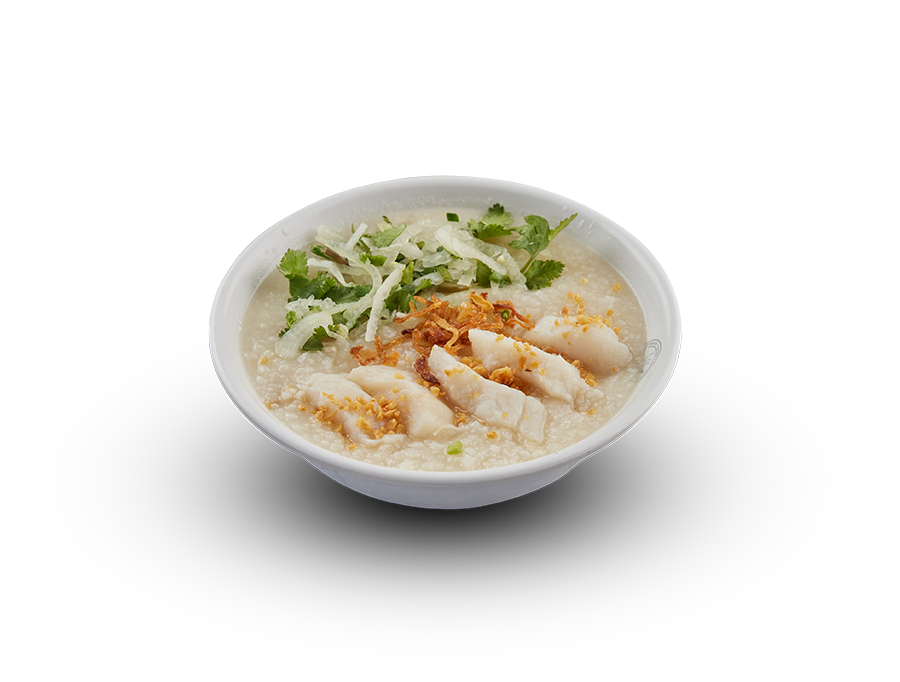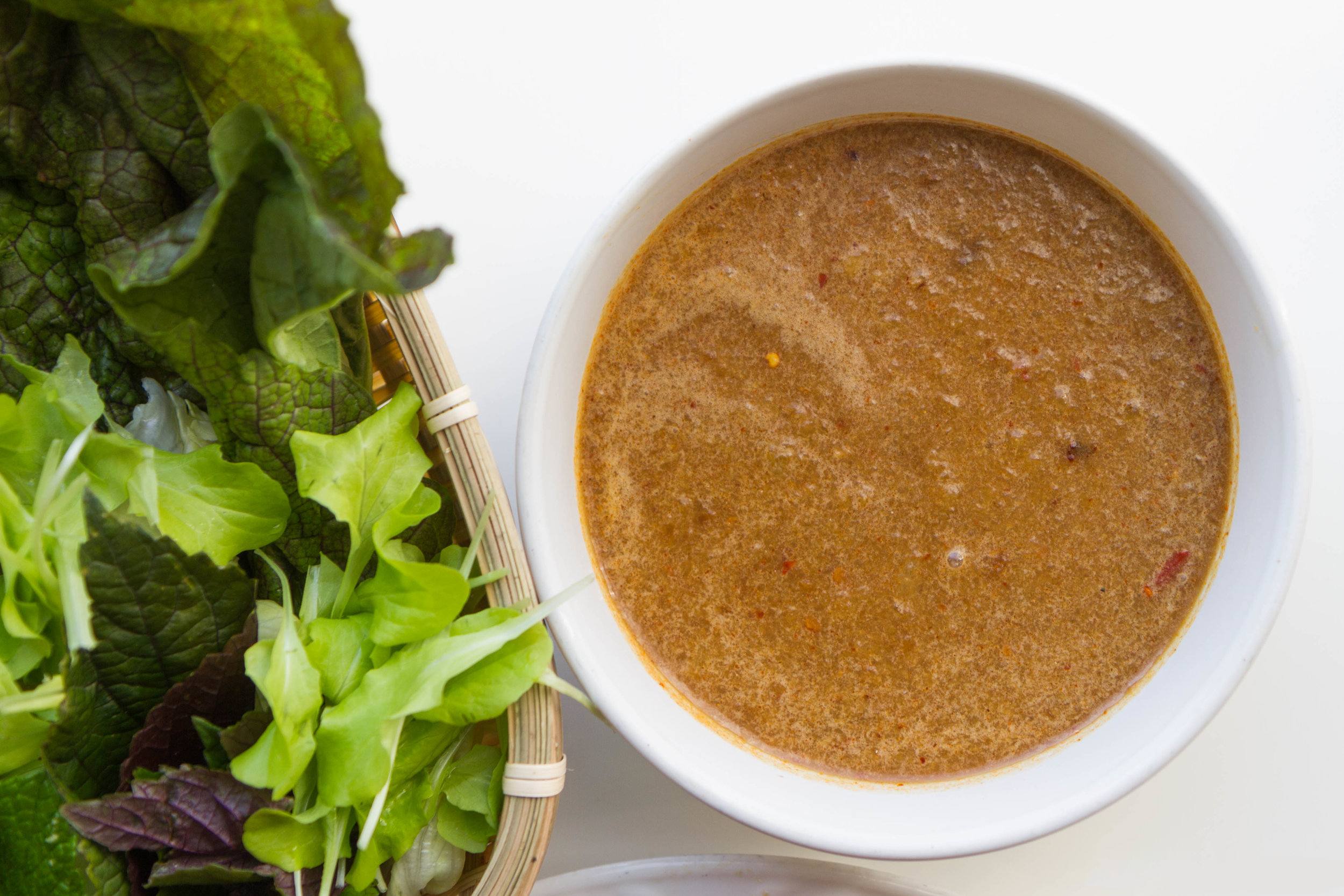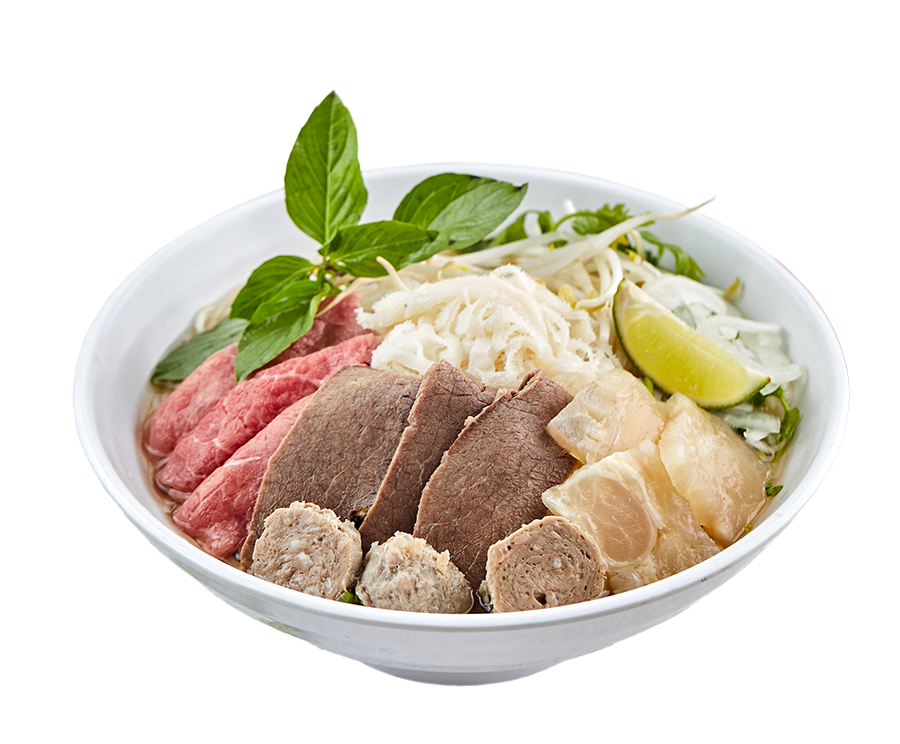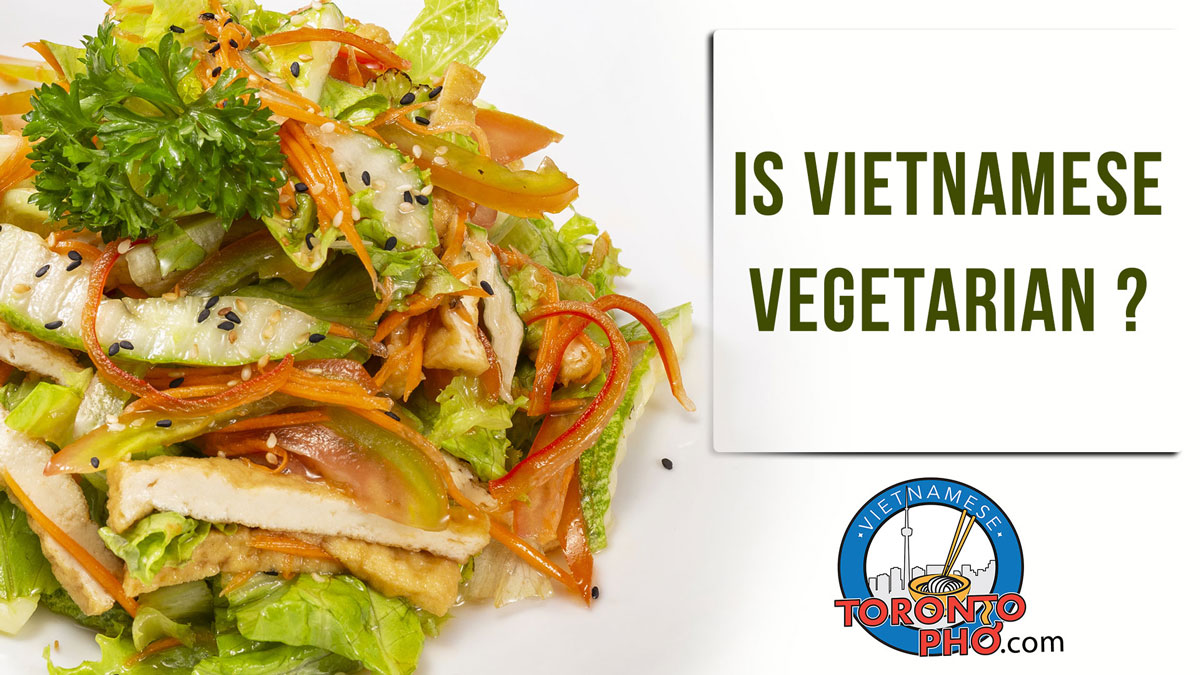
Cooking Vietnamese dishes, meat is a common ingredient. It’s in our pho, sandwiches, and dipping sauces.
Fish taken from the coastline and beef from our farms make regular appearances. Including protein in dishes like Vietnamese pho is a must. This doesn’t mean it’s not possible to eat as a vegetarian.
The rise in popularity of vegetarian and vegan lifestyles isn’t ignored. Many Vietnamese restaurants, street vendors, and family recipes have created modified versions of favourites. There’s vegetarian pho, in several varieties, as an example.
Can you be vegetarian eating Vietnamese cuisine – absolutely. Here’s some insight into how being a vegetarian in Vietnamese cuisine works.
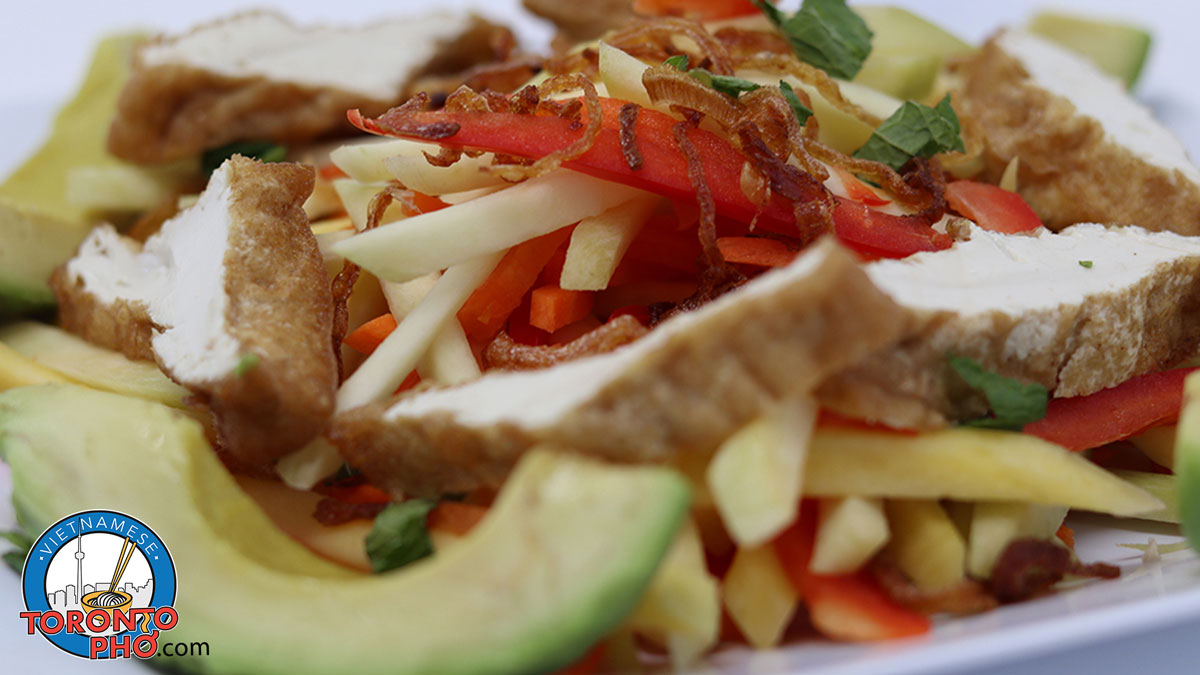
Indigenous salad in Vietnamese cuisine does not resemble what a lot of Canadians would expect it to look like. Referred to as ‘goi’ or ‘nom’, there are many varieties of salad in Vietnamese culture but what nearly all of them have in common is that they don’t resemble French nor Russian salads, both of which are common to families and restaurants in North America.
What is common between Canadian and Vietnamese salads is the use of fresh ingredients. Throughout Vietnamese cuisine, fresh herbs, vegetables, and sometimes fruit are very, very important. This isn’t a type of cooking that appreciates or tolerates stale, less-than-fresh ingredients. To give you an idea into what makes Vietnamese salad, here are the 10 most popular salads in Vietnamese cuisine.
Goi hue rau muong
Goi hue rau muong is a salad originating in central Vietnam that builds from a base of water spinach. This salad has a bit of a stigma as water spinach, for a long time, was considered a vegetable of the poor. Regardless, this salad is mixed with tomatoes, other vegetables, and is sautéed with chopped garlic, pork fat or oil, and fish sauce. It isn’t a centerpiece dish or considered a main course. Goi hue rau muong is most commonly served as a side dish.
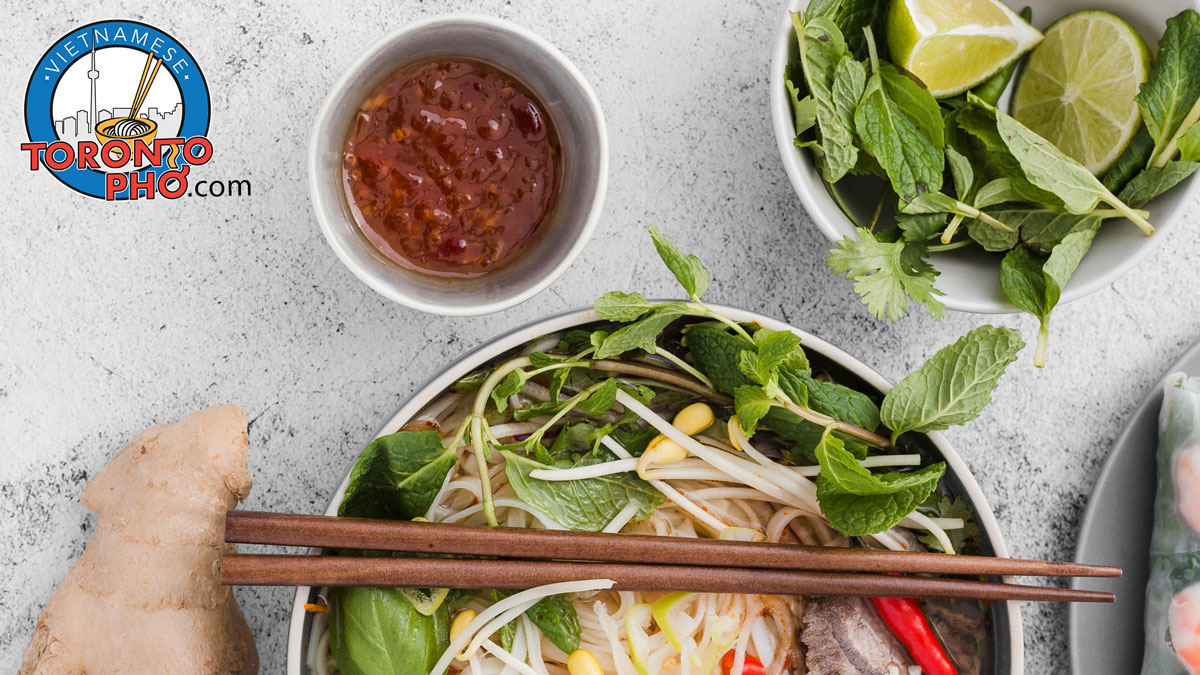
Vietnamese is a diverse cuisine that has some very interesting origins and influences. Like Canadian food has its span of multicultural dishes, eating Vietnamese is quite similar in that there’s a little bit of French, a little bit of indigenous Vietnamese, a little Cambodian, a little Chinese, and a little Thai in it. This doesn’t even begin to dig into the regional influence and divide between central, northern, and southern parts of the country.
What countries have had the biggest influence on Vietnamese cuisine?
The area that is today Vietnam was once a French colony. From 1858 to 1954, Vietnam was French. When the French moved in on indigenous Vietnamese, there was a clash in food cultures. The Vietnamese, of course, had a manner of eating and the French had another. These two cuisines came together in this colonization that resulted in many dual-cultured dishes. Baguettes, coffee with cream, milk, butter, custards, and cakes are all a result of the French.
Read more: What Influenced Vietnamese Cuisine – Where Is It From and the People Who Made It
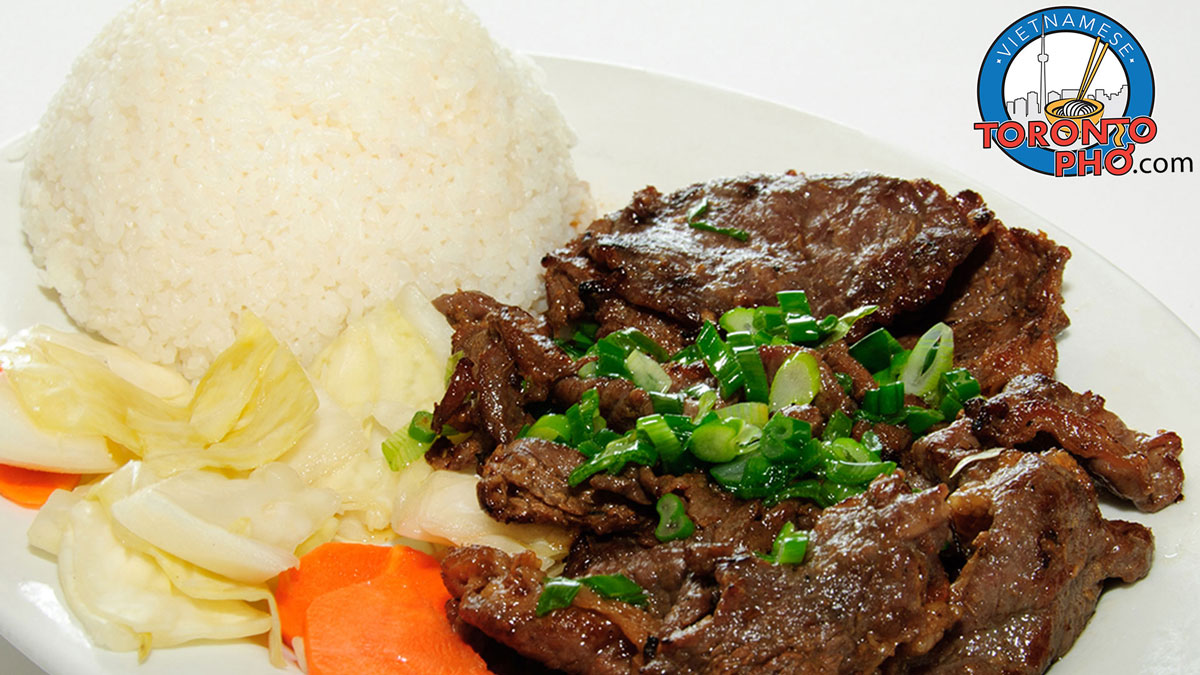
Meat is an ingredient used in every ethnic cuisine. It is used in so many different ways. In Vietnamese cuisine, like other Asian manners of cooking, we work hard to use as much of our meats as possible.
You may have heard about common Vietnamese meat dishes, some hot and others cold. Breakfast, lunch, dinner, or dessert, meat seems to always find its way into the food we prepare. Here’s a list of our favourite Vietnamese meat dishes and a little bit about the philosophies behind them.
Bo la lot
Bo la lot uses a very spicy kind of cooked beef and wraps it in a betel leaf and is then grilled. Considered a finger food, it is commonly served at barbecues and community gatherings. Vietnamese cuisine in the southern half of the country prepares a similar dish with pork. Numerous Asian markets also prepare and sell bo la lot as a type of quick-to-eat meat dish.
Read more: What is a Vietnamese Meat Dish – See a List of Our Favourites
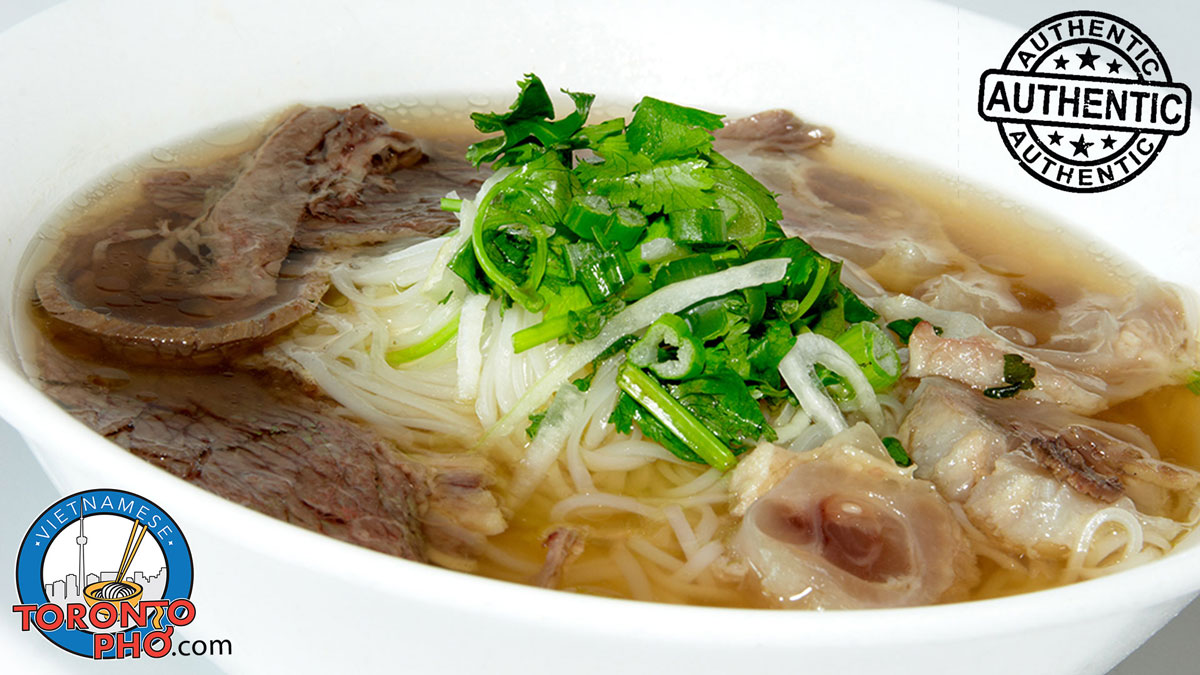
Fresh ingredients have a big influence on the quality of a Vietnamese dish. Local restaurants, vendors, and markets in Vietnam have relationships with local farmers and their villages. Entire villages exist with the sole purpose to produce a specific ingredient, such as vermicelli, rice, or something else. These village-based cultural traditions have been passed down for centuries, assigning responsibility to specific families to feed the people.
We live in an era where technological advancement and innovation are closely associated with value. Cultures like Vietnamese cuisine celebrate traditions that repeat over and over. For decades, dishes like pho have been made the same way. They’ve truly stood the test of time. Here are just a few of the ways in which ingredients in Vietnamese cuisine are prepared authentically by villages back home.
Com
Com is a form of beaten green rice made in the Me Tri Village in the Vietnam city of Hanoi. This village is considered one of the two oldest places in Vietnam. Com is a seasonal dish in Me Tri, created from immature rice kernels.
Read more: How Vietnam Villages Prepare Authentic, Fresh Ingredients for Use in Our Cuisine
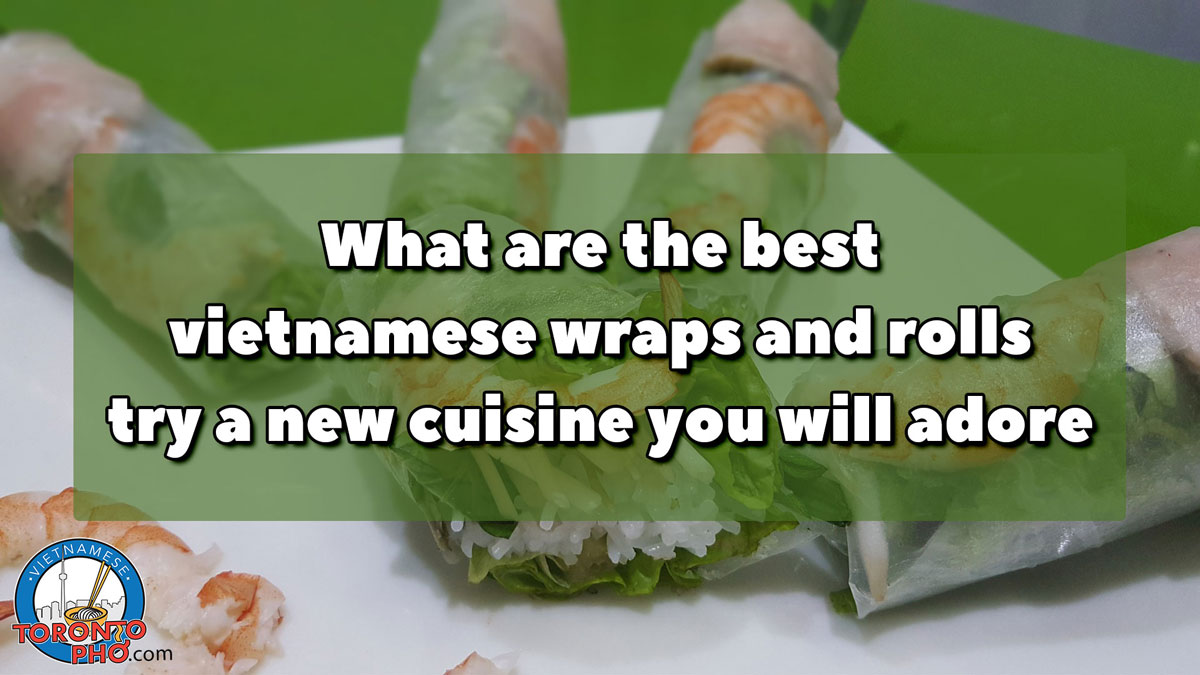
With the growing number of vegans and vegetarians out there in Canada and abroad, more emphasis than ever is being placed on fresh herbs and veggies. In Vietnamese cuisine, these components are already the focus of so many different dishes and categories of foods.
On the note of super healthy Vietnamese foods, there’s wraps and rolls. They often come fresh and prepared, as a perfectly balanced restaurant appetizer. As you will find in our quick list of wraps and rolls, a lot of them use rice paper to create the shape. Customizations are frequent, which is why they can be easily made to reflect a vegan or vegetarian Vietnamese diet. Also, dipping sauces are often the norm with many wraps and rolls. Whether you eat them plain, dipped, or as a finger food, wraps and rolls are an important category of Vietnamese eating.
Bi cuon
Bi cuon, like many Vietnamese wraps and rolls, uses rice paper rolls. Inside, the mixture can be customized according to how you like. It usually involves shredded pork or shredded pork skin tossed with powdered toasted rice. Bi cuon can be served along with salad, akin to your basic summer rolls. Some of the other things you might find in bi cuon include garlic sauce, lemon, carrots, white radish, pickles, sugar, and chili.
Read more: What Are the Best Vietnamese Wraps and Rolls – Try a New Cuisine You Will Adore!
More Articles ...
Page 29 of 49




